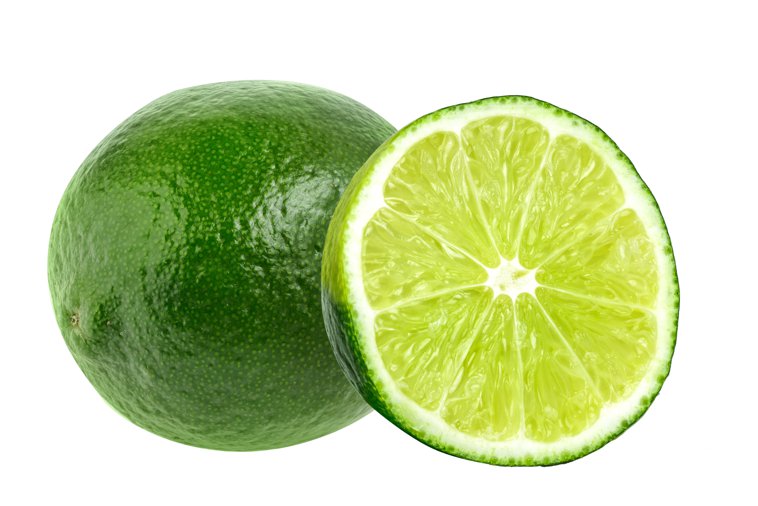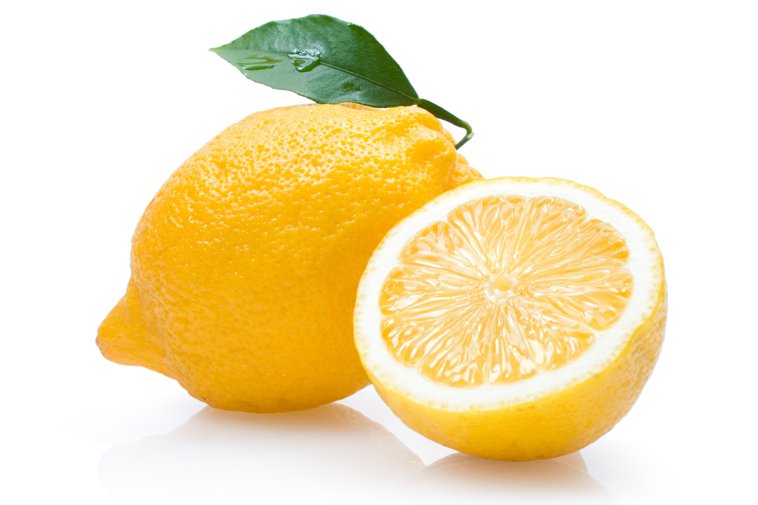"Lime" in Spanish
Think limes and lemons are bitter? You might get a little bitter after reading about how confusing these two words can get in Spanish! But don’t worry. In this article, we’ll help you understand what each fruit is called in different Spanish-speaking countries.
Lima or limón. Limón or lima? Which one’s green, and which one’s yellow? While you may have learned that one means lemon and the other means lime, ¡cuidado!(careful!) Depending on which country you are in, or which country the speaker is from, you may be speaking about different things altogether.
Spain
If you look up the words lima and limón in the Diccionario de la Real Academia Española(Royal Spanish Academy Dictionary), you will find that the Real Academia Española(Royal Spanish Academy), or RAE, uses the Spanish (from Spain) definitions of lima vs. limón. The RAE defines lima as a smaller, sweetish fruit with greenish flesh and limón as a larger, acidic fruit with yellow flesh.
In summary, in Spain, a lima is what we know as a lime and a limón is a lemon.
Pretty straightforward, isn’t it? Just wait.
Let’s travel to the Americas, where things start to get a bit more confusing.
The Americas
In general, the translations for lime and lemon are justo al revés(the other way around) in the Americas to what they are in Spain.
However, this is just a general rule. For example, you may have noticed that Argentina and Chile were not mentioned. Argentina is one of the top lemon producers worldwide, and they use the word limón for lemons and lima for limes.
In Chile, if you search on certain supermarket websites, you’ll find that lemons are listed as limón and limes are listed as… limón sútil!
Do a similar search on supermarket websites in Uruguay and you’ll find that lemons are listed as limón and limes are referred to as lima de Tahití.
Why is there so much variation throughout the Spanish-speaking world? After all, they’re just two little similar fruits. While it’s hard to find a specific answer, it may very well depend on where each fruit is grown and how much it is consumed in the country. In some countries, such as Mexico, the larger yellow fruit that we know as a lemon isn’t that popular.
A Lime by Any Other Name…
You may find that limes are referred to as lima, limón, lima ácida, limón verde, lima de Tahití, limón persa, or lima persadepending on the region and the variety of fruit being sold.
What About These Limas?
In addition to meaning lemon and lime, lima can also be translated as lime tree, lime juice, file, and nail file. Lima is also the capital of Peru!
Headed to Peru? Learn jergua peruana, or Peruvian slang, with this article!
Lemons and Limes in the Cuisine of the Spanish-Speaking World
Cebiche, ceviche, or seviche. No matter how it’s spelled, we’re certain you’ve heard of this delicious dish that is popular, albeit in different iterations, throughout parts of the Americas!
Why do we mention ceviche? One of the most important elements of this dish is its citrus aliño(dressing) which, essentially, “cooks” the fish.
In Mexico, limes (limones) are very popular. According to Global Trade Magazine, in 2019 Mexico was the third-largest consumer of limes, just behind India and China—countries with populations much larger than Mexico’s! Don’t be surprised if you see someone echando(putting) lime on a taco, milanesa(breaded cutlet), pepino(cucumber), papaya(papaya) or many other foods...often accompanied by powdered chile(chili).
Limón and Lima in Mexico
- Small, round limones are ubiquitous in Mexico and are almost always at hand during mealtimes.

- Larger, oval yellow (or green) limas aren't as common, though they are the main ingredient in the famous Yucatán dish sopa de lima(lemon/lime soup).

Wanna taco ‘bout tacos? Check out this lip-smacking article! ¡Ñam ñam!(Yum yum!)
Whatever you call them in Spanish, both lemons and limes are delicious and useful fruits. Don’t stress if you’re not sure which word to use. You can always use circumlocution and say:
- ¿Me pasas esa fruta pequeña, ácida y verde para echar al pescado? (Can you hand me that little, green, sour fruit to put on my fish?)
Or
- Dame una de esas frutas amarillas que saben muy ácidas. Lo quiero para echar a mi refresco. (May I have one of those yellow fruit that taste very sour? I want one to put it in my soda.)
If all else fails, just ask a local which one is green and which one is yellow.
¡No te amargues! (Don’t get bitter!) Just remember this lesson and don’t be afraid to meter la pata(make a mistake) when talking about limas and limones. It gets confusing even for native Spanish speakers!
Need some food to go with all this talk about lemons and limes? Check out these delectable articles!
- Interactive lesson and article: At the Restaurant














